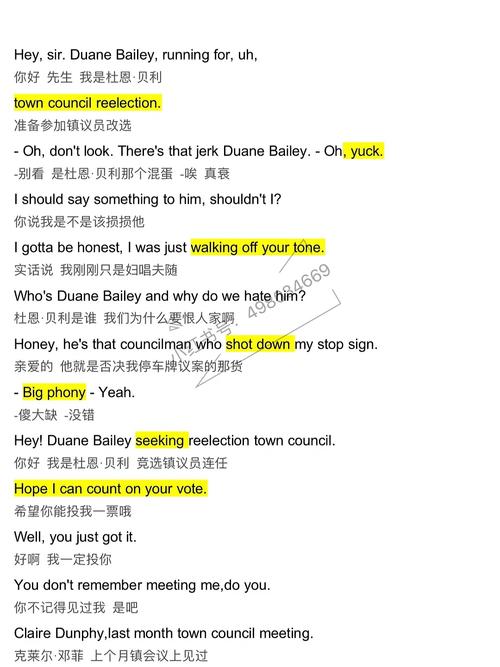Different Tones
Have you ever found yourself lost in the sea of words, trying to convey your thoughts and emotions with the perfect tone? The ability to use different tones effectively is a skill that can greatly enhance your communication. Whether you’re writing an email, giving a presentation, or simply having a conversation, understanding how to adjust your tone can make a significant difference in how your message is received. Let’s dive into the various dimensions of using different tones in communication.
Understanding Tone
The tone of your communication is the attitude or feeling that you convey. It can be formal, informal, friendly, serious, or playful, among others. The tone you choose depends on the context, your relationship with the recipient, and the message you want to convey.
For example, when writing a professional email to a colleague, you would use a formal tone. However, when messaging a friend, you might use a more casual and friendly tone.
Types of Tones

There are several types of tones that you can use in your communication. Here are some common ones:
| Type of Tone | Description |
|---|---|
| Formal | Used in professional settings, such as business emails, letters, and presentations. It is polite, respectful, and straightforward. |
| Informal | Used in casual settings, such as personal emails, text messages, and social media. It is friendly, relaxed, and often uses slang. |
| Positive | Conveys optimism, enthusiasm, and approval. It is often used to express gratitude, encouragement, or praise. |
| Negative | Conveys disappointment, frustration, or disapproval. It is often used to express criticism, concern, or disagreement. |
| Neutral | Conveys a lack of emotion or opinion. It is often used to provide factual information or to maintain a balanced perspective. |
Adjusting Your Tone

Adjusting your tone is essential for effective communication. Here are some tips on how to do it:
-
Consider the context: The context of your communication will greatly influence the tone you choose. For example, a job interview requires a formal tone, while a casual conversation with a friend can be more informal.
-
Understand your audience: Tailor your tone to your audience. For instance, if you’re speaking to a group of children, you might use a playful tone, while speaking to a group of adults, a more serious tone would be appropriate.
-
Be clear and concise: Avoid using ambiguous language that could be misinterpreted. Be direct and straightforward in your communication.
-
Use appropriate language: Choose words and phrases that are appropriate for the tone you want to convey. For example, using slang in a professional setting might come across as unprofessional.
-
Be mindful of your body language: Your tone is not just conveyed through your words but also through your body language. Pay attention to your facial expressions, gestures, and tone of voice.
Benefits of Using Different Tones
Using different tones in your communication can have several benefits:
-
Enhance understanding: By using the appropriate tone, you can ensure that your message is understood clearly and accurately.
-
Build rapport: Using a friendly and positive tone can help build a stronger relationship with your audience.
-
Express empathy: A tone that conveys empathy and understanding can help you connect with your audience on a deeper level.
-
Prevent misunderstandings: By being mindful of your tone, you can avoid misunderstandings and conflicts.
Conclusion
Using different tones in your communication is a valuable skill that can greatly enhance your ability to convey your thoughts and emotions effectively. By understanding the types of tones, adjusting your tone to the context and audience, and being mindful of your body language, you can ensure that your message is received as intended





